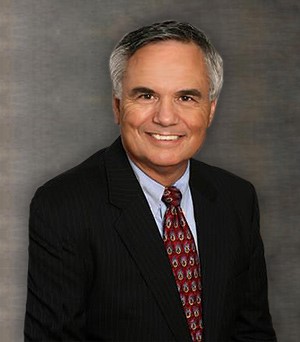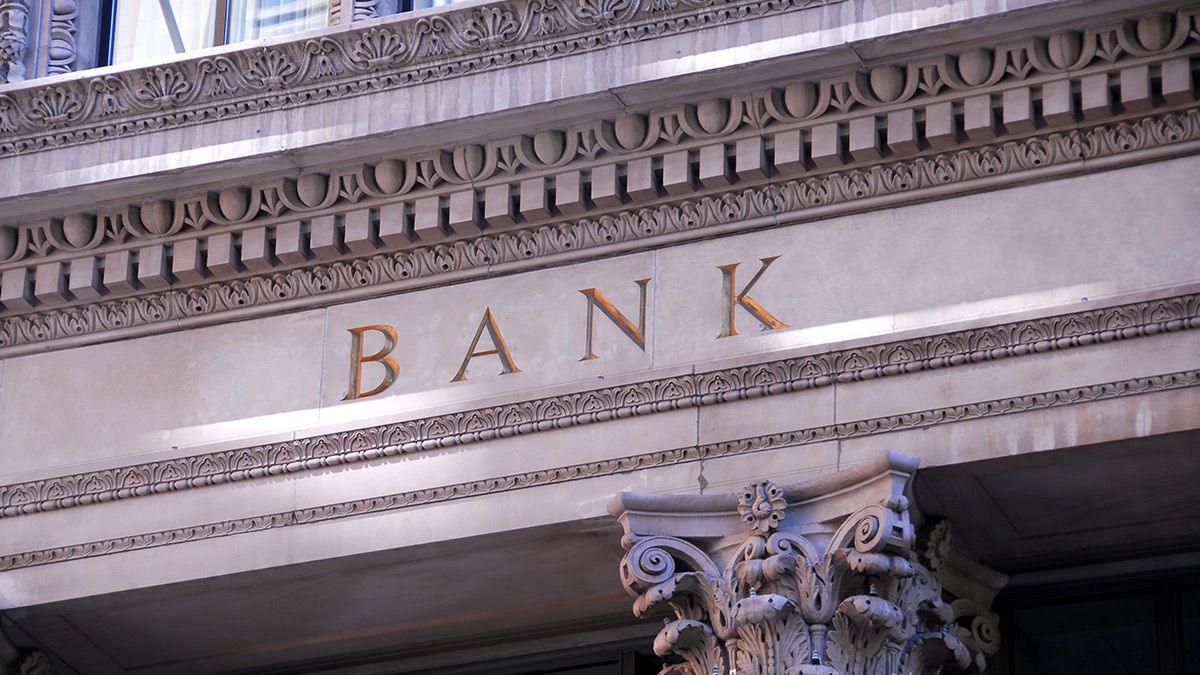By John Silvia, CEO and Founder, Dynamic Economic Strategy
Five fundamentals provide a basis for good executive and investment decision-making; Expectations for economic growth, inflation, interest rates, the dollar and corporate profits are the basis.
Currently, the United States economy is experiencing trend-plus economic growth alongside persistent, above the Federal Reserve’s, two percent target on inflation.
For the economy, leading indicators provide important guideposts. First, jobless claims are the claims for unemployment benefits. Over the last three months, these claims have stayed remarkably low and are consistent with steady job gains. As of April, private payrolls have averaged 197,000 per month.
Second, capital goods orders and shipments are up over recent months and up over a year ago. Orders are a signal of future investment in equipment and a signal of future hiring intentions. Third, building permits, specifically for single-family dwellings, are up over three months ago. Building permits, not housing starts, are a leading indicator of housing activity. Finally, consumer sentiment provides a gauge of the attitude of consumers. A preliminary April read shows a decline in sentiment tied to a rise in inflation expectations.
As for inflation, as measured by the Fed’s target personal consumption expenditures (PCE) deflator, recent months show a pickup in momentum. For the last three months, ending in March, inflation rose at a 4.4 percent pace, relative to the 2.8 percent gain over the last year. The pace of inflation over the past year remains above the Fed’s 2 percent target. Therefore, while the Fed is making progress to its inflation target, the pace is still too high to prompt an easing policy in the near term. Market expectations have lowered the expected pace of Fed easing. For both executive leaders and investors, the baseline is for a steady 3 percent pace of inflation going forward this year.
The strength of the labor market and the persistent soaring prices for commodities, such as oil, provide a floor for inflation going forward. Crude oil prices, benchmarked by the West Texas Intermediate (WTI), remain consistently, above $70 per barrel and above the price levels of the prior decade.
The combination of above-trend economic growth and persistent inflation reduces the likelihood of any reduction in the Federal Reserve’s policy rate—the federal funds rate. The persistence of inflation and Fed caution on rate cuts has been unsettling to the bond markets. Higher (than the prior decade) for longer (at least another year) is the theme for both the benchmark two-year, and ten-year U.S. Treasury rates. Both the ten-year, and two-year Treasury rates remain above their levels of the 2010-2019 period. A higher two-year rate expands the investment opportunities for those investors seeking short-term safety, in cash. The higher ten-year rate offers a better return to bond investors.
However, higher benchmark interest rates will support continued higher mortgage rates than homeowners, and potential homebuyers had expected. The impact has been most evident in existing home sales. New home sales have benefited from builder incentives.
Meanwhile, federal financing remains in the front of the line of investor concerns after the downgrade of U.S. Treasury debt by Moody’s. These factors hint that long-term interest rates will remain higher, for longer than otherwise.
Over the past year, popular media articles have focused, once again, on problems in commercial real estate due to higher interest rates. These articles are poorly focused and fail to represent the broad character of the commercial real estate market, especially in markets such as Tampa Bay. Private, nonresidential structures spending rose by 4.4% for the year 2023 and rose in each of the four quarters of 2023. Disaggregation and demographics are the fundamentals to watch. Disaggregation by sector is essential. Office asking rents are up in Dallas-Fort Worth, Charlotte, Phoenix and Tampa but down for San Francisco, Seattle and Washington, D.C. Meanwhile, retail asking rents are up strongly in Phoenix, Tampa, Orlando and Atlanta. Industrial asking rents are up in Tampa, Orlando, Charlotte, Salt Lake City, Providence, Columbus Ohio, Las Vegas, Jacksonville and Fort Lauderdale.
The fundamentals of better economic growth and higher interest rates have been positive for the U.S. dollar, relative to the Euro and Japanese Yen. The U.S. dollar is a relative price and has rebounded since the start of the year, as expectations declined for a recession here in the U.S., while economic growth under one percent continues in Japan and the European area. Both the Eurozone and the United Kingdom have weak growth prospects and now, the China reopening has been disappointing.
Finally, corporate profits and equity valuations have improved over the last six months as economic growth has improved. In addition, strong productivity gains have moderated cost pressures and assisted in the expansion of corporate profits. The steady improvement in the economy, and lower unit labor costs due to better productivity, have provided a boost to the equity market, despite no reduction in the Federal Reserve’s benchmark federal funds rate.
Effective executive and investor decision-making begins with an economic framework reflecting the five fundamentals on expectations for economic growth, inflation, interest rates, the dollar and corporate profits.

John Silvia is currently president of Dynamic Economic Strategy and focused on financial and economic advisory work such as writing a weekly newsletter, presenting economic concepts and commenting on economic issues at conferences.
He previously was managing director and the chief economist for Wells Fargo Securities, until July 2018. Based in Charlotte, North Carolina, he has held his position since he joined Wachovia, a Wells Fargo predecessor, in 2002, as the company’s chief economist. He is a frequent guest on CNBC, Bloomberg, Fox Business and the Nightly Business Report.
Before his position at Wells, John worked on Capitol Hill as senior economist for the U.S. Senate Joint Economic Committee and chief economist for the U.S. Senate Banking, Housing and Urban Affairs Committee, among business economists to the nation. He also received several awards for the quality of research in economics.













